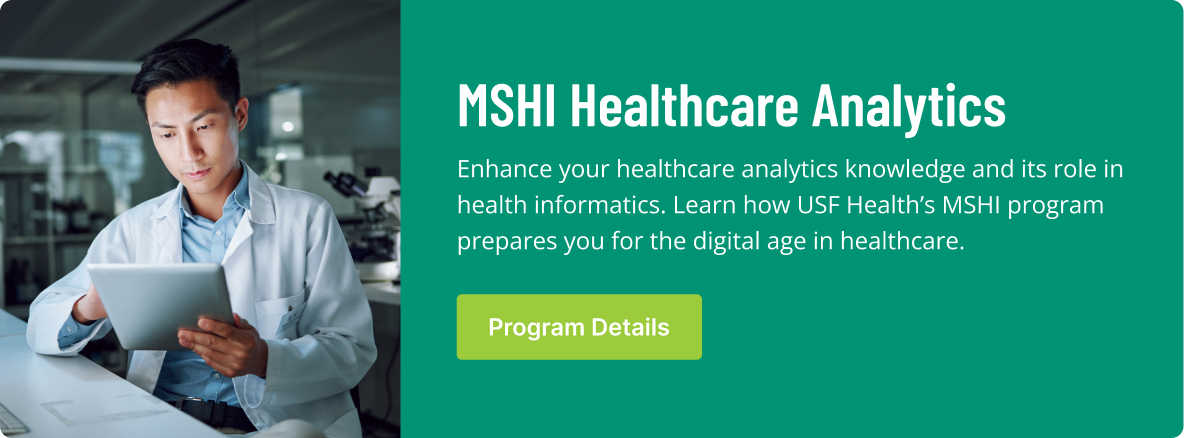As the world grapples with COVID-19, healthcare continues to embrace artificial intelligence and data, and will as the 2020s progress. The current battle with the coronavirus pandemic, as it turns out, is highlighting the reasons why that needs to happen.
As the outbreak has become more severe, AI and data analytics solutions have come to the fore that are proving the potential of new technology and data science. Given the human costs associated with the spread of COVID-19, it’s tough to see silver linings coming from the crisis. But as we are seeing, this situation is forcing us to push the development and implementation of technologies that can alter care and impact the way pandemics play out in the future.
Analytics Making a Difference
In recent years, healthcare providers, systems, insurers and information exchanges have all embraced healthcare analytics as a method of driving improvements to the quality and efficiency of care that patients receive. The analytics segment of the healthcare technology market has boomed as a result, with a number of vendors fueling innovation. And as COVID-19 has spread to become a global crisis, analytics firms are developing creative solutions.
Healthcare technology company Clarify Health has developed two new methods for identifying those most at risk of lethal COVID-19 outcomes in the Elderly Vulnerability Population Index (EVI) and the COVID-19 Patient Risk Profile. Each uses Clarify’s massive collections of patient data to paint a clearer picture of patient risk by providing healthcare organizations with a COVID-19 vulnerability score for elderly patients and a better understanding of individual risk profiles and comorbidities at the point of care.
The EVI can help providers understand sub-populations that are vulnerable to severe outcomes, a critical factor in resource planning and allocation. The index also provides insights into patient comorbidities, such as heart and respiratory diseases and cancer. Furthermore, the EVI can allow hospitals, emergency services, health plans and government agencies identify neighborhoods which could benefit from greater testing or support services and increase the speed at which they take action.
The Patient Risk Profile is available as a web-based tool which can “highlight known risk factors for severe illness related to COVID-19,” according to an article from Yahoo Finance. This is important, as it will help frontline care providers manage capacity and care for patients suspected of having the coronavirus.
Capacity is quickly becoming an issue. Take the example of Florida, where projection models based on population size, a slow response to locking down the state and the way the virus has spread in other parts of the world where that was the case indicate that there could be hundreds of thousands of cases in a state with just under 49,000 hospital beds. Using those beds wisely and turning them over efficiently will be a key factor in the survival of many patients.
Healthcare analytics vendor Definitive Healthcare has therefore partnered with GIS mapping company Esri to create a dashboard for the analysis and monitoring of U.S. hospital bed capacity and usage to help providers understand where potential geographic areas of risk are.
Involving AI
The use of analytics is important, but the volume of data created by COVID-19 is substantial. Developing algorithms trained to spot at risk patients is extremely helpful in streamlining the use of data to maximize resources.
Medical Home (MHN) Network, a care manager of Medicaid beneficiaries in the Midwest, has developed an AI solution for the identification of patients at risk for severe COVID-19 complications should they test positive, particularly those at risk for severe respiratory failure.
But this can even be trained to recognize members of the network who are at risk due to social isolation. Those who are homeless or living alone may not have anyone else to turn to in getting them to a hospital or to oversee their care, causing the system to flag them for being contacted and monitored by MHN staff.
In Europe, where the number of cases has exploded in recent weeks, 30 hospitals across the continent have partnered in sharing data to develop AI trained to read CT scans. The scans are effective in showing the virus presenting itself in the respiratory system, but radiologists are already overwhelmed reading all of the scans and translating the results.
The goal then, is to transfer the data directly and securely to the servers of Quibim, an AI radiation solutions company based in Valencia, Spain. They specialize in machine learning and image processing technologies for medical images and are looking to create a research platform for the development and deployment of a deep-learning model for reading CT scans. For now, data will only be used for research purposes, but in the long-term, it could lead to innovative technology capable of helping human clinicians in these circumstances.




